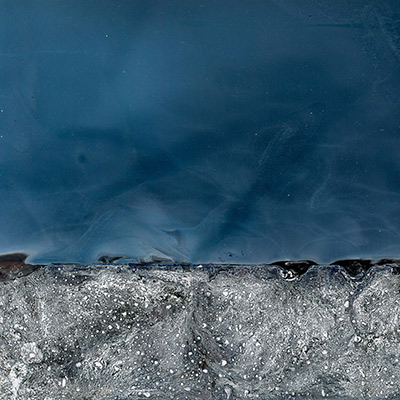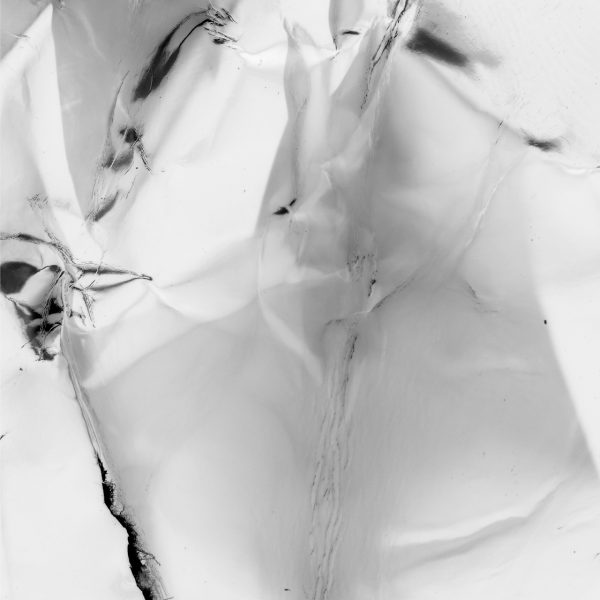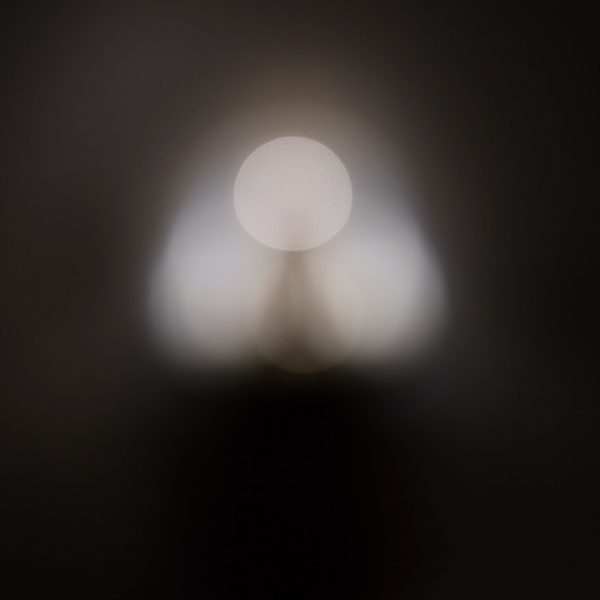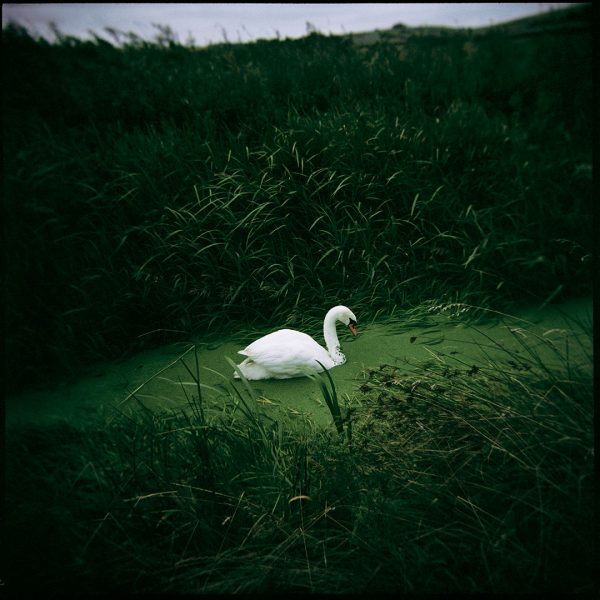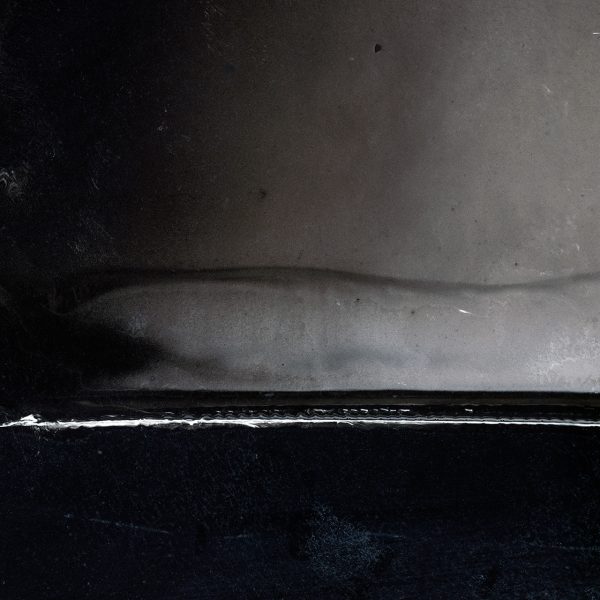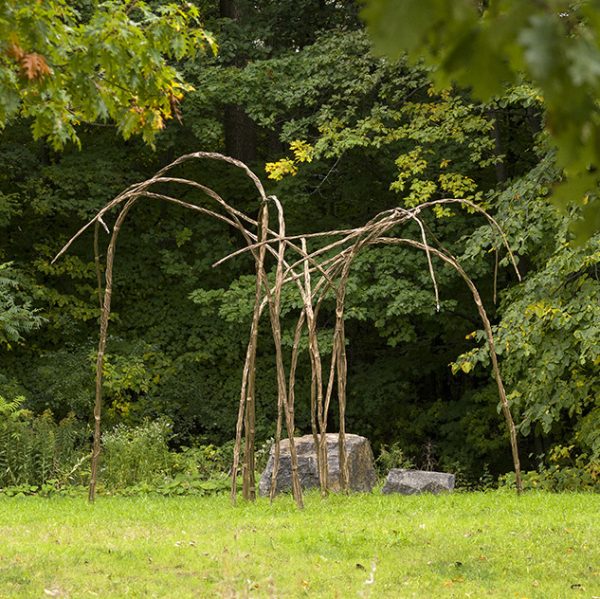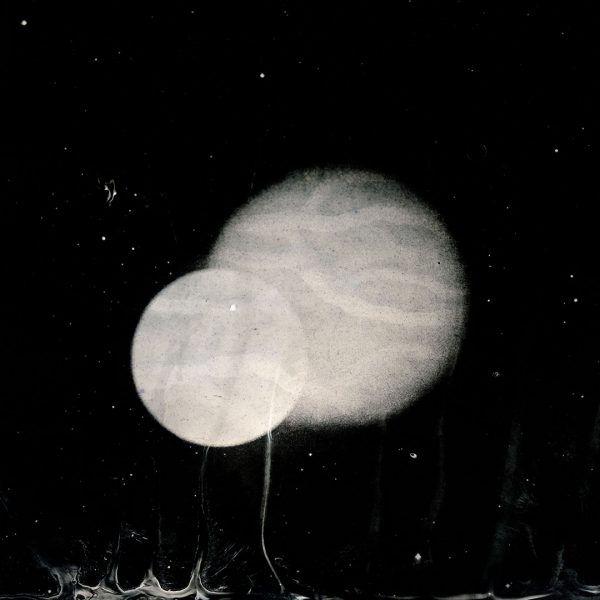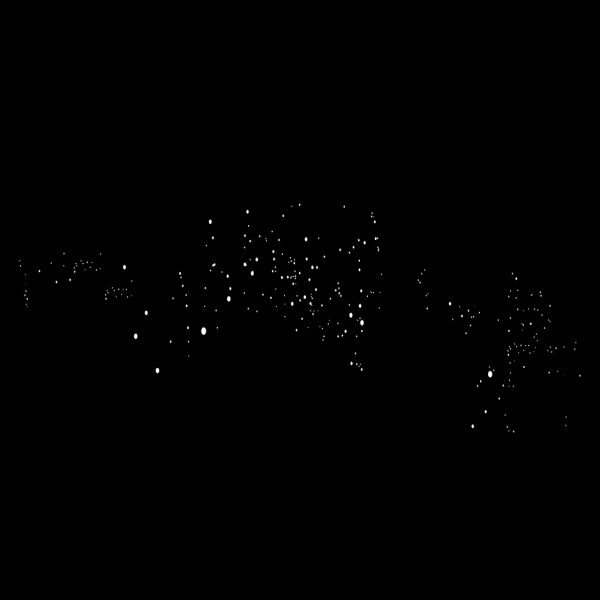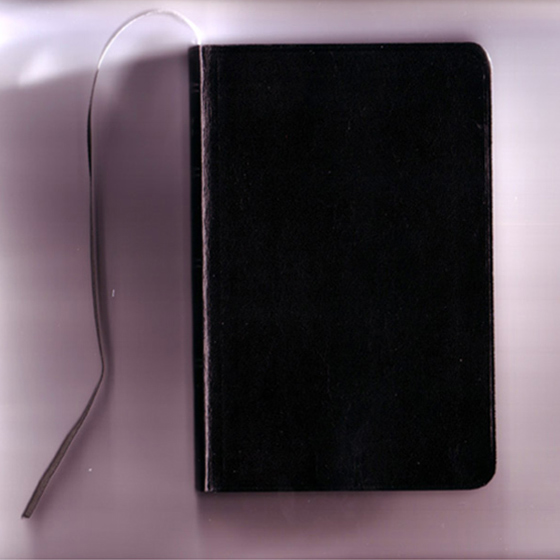









Correspondences
Correspondences is an exhibition that probes links between places, people and events, to explore the role of creative dialogue and exchange in processes of social transformation. The exhibition draws upon substantial research, in combination with the artist’s deep knowledge of analogue photographic processes, to create new work in response to the legacy of abstract art in Quebec.
As part of her research undertaken at the Guido Molinari Foundation, Annis revisited the epistolary archives between the abstract painter and his contemporaries. The resulting suite of images, Correspondences I-XI, is created directly from this collection of handwritten letters that span over five decades and includes exchanges with Paul‐Émile Borduas, Dorothy Cameron, Danielle Corbeil, Claude Gauvreau, Cerj Lalonde, Rita Letendre, Robert Holland Murray, Barnett Newman, Rodolphe de Repentigny, Jean Paul Riopelle and Fernande Saint‐Martin. This primary source material, which recounts the emergence of the abstract movement in Canada, takes on new material life under Annis’ attentive interpretation. Using a light table and a macroscopic lens, the artist photographed minuscule details of the letters and presents them at letter size. This significant shift in scale propels the archive itself into abstraction and expresses this social and visual heritage in new light, recalling the multiple individuals who collectively contributed to this radical moment of history.
A second series, Letters (I – XI), is the result of a photographic approach that abandons the camera body entirely. Created in response to the legacy of hard-edge painting, Fiona uses postage labels as photographic masks, in a similar way that masking tape is employed in hard-edge painting. And yet, transposed to the fluid nature of the darkroom, the chemistry penetrates the masks rendering an utterly soft-edged imagery. The work is realized through a process that embraces the nuances of the handmade and the timeworn, in a way that both engages and queers the legacy of hard-edge painting with permeable and imperfect forms.
The exhibition is enriched with a light-based architectural component integrated into the building’s façade, two additional series of images, an audio-collage by guest artist Stéphane Cocke, and two artworks from the collection of the Foundation, including an etching by John Cage.
Exhibition essay by Marie-Eve Beaupré
Review by Jérôme Delgado published in Le Devoir
The project was supported by the Conseil des arts et des lettres du Québec

